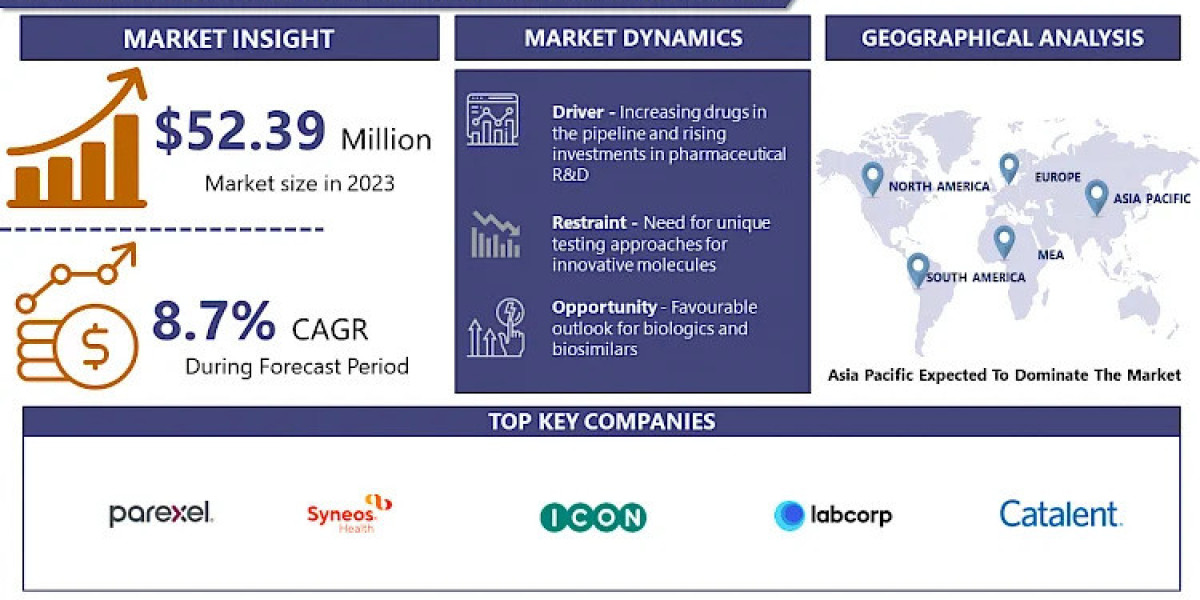In the ever-evolving tech landscape, companies must adopt the right approach to introducing their products or services to the market. For many businesses, the terms "Go-to-Market" (GTM) and "Marketing Strategy" are often used interchangeably. However, these two strategies serve different purposes and are critical in driving a company’s growth. Understanding the distinction between a Go-to-Market strategy and a Marketing strategy is vital for success, especially when considering a comprehensive Martech Strategy that integrates marketing technologies for maximum effectiveness.
In this tech article, we’ll break down the differences between these two strategies, explain why they matter, and how a well-defined approach can be a game-changer for your business.
What is a Go-to-Market Strategy?
A Go-to-Market (GTM) strategy is a plan that outlines how a company will bring a new product or service to market. It encompasses every step from product development to customer acquisition and sales. The focus of a GTM strategy is on launching a new product in the market, gaining traction, and establishing a presence. It’s about making sure the right product reaches the right audience through the right channels, all while driving revenue and market share.
Key Components of a Go-to-Market Strategy:
- Target Audience: Defining the customer segments that the product will serve.
- Value Proposition: Understanding what makes the product unique and why customers should choose it.
- Sales Strategy: Determining the best channels to use, whether direct sales, partnerships, or e-commerce.
- Marketing Channels: Outlining where and how the product will be marketed.
- Product Positioning: Establishing a competitive edge by positioning the product to meet customer needs better than competitors.
- Revenue Model: Clarifying how the product will generate income, including pricing and sales projections.
The Go-to-Market strategy focuses on the short-term tactical approach to launching a product, with an emphasis on immediate customer engagement and sales. It is crucial during product rollouts, market entries, or expansion into new regions.
What is a Marketing Strategy?
A Marketing Strategy, on the other hand, is a long-term, overarching plan that aligns with a company’s overall goals. Unlike the Go-to-Market strategy, which focuses on launching a specific product, a marketing strategy is an ongoing process that seeks to build brand awareness, customer relationships, and loyalty. It involves understanding market dynamics, competitors, and how to maintain a brand’s relevance over time.
Key Components of a Marketing Strategy:
- Market Research: Conducting in-depth analysis to understand customer behaviors, market trends, and competitor strategies.
- Brand Positioning: Crafting a consistent message that reflects the company’s values and differentiates it from competitors.
- Marketing Objectives: Defining clear goals such as increasing market share, boosting brand visibility, or improving customer retention.
- Customer Retention: Implementing strategies to keep customers engaged and loyal to the brand.
- Content Strategy: Producing relevant, valuable content to attract and engage target audiences.
- Data and Analytics: Using data to measure the effectiveness of marketing efforts and to guide future strategies.
While a Go-to-Market strategy is more about execution in the early stages of product introduction, a marketing strategy sustains the product’s success over time. It helps in creating a solid foundation for long-term growth by nurturing customer relationships and constantly evolving with the market.
The Difference Between Go-to-Market and Marketing Strategy
Although both strategies aim to increase sales and grow the business, their scope and focus are what differentiate them. A Go-to-Market strategy is more narrow and tactical, typically focusing on a specific product or market entry. It deals with the logistics of launching a product, including setting up sales channels, creating demand, and optimizing the product’s reach in the short term.
A marketing strategy, however, is broader and focuses on sustaining the company’s presence in the market. It includes ongoing activities like building brand awareness, generating leads, and nurturing customer relationships. This long-term strategy involves everything from pricing, messaging, customer engagement, and product portfolio management.
In essence:
- Go-to-Market Strategy is short-term and product-focused, aiming at successful product launch and immediate sales.
- Marketing Strategy is long-term and brand-focused, aiming at building customer loyalty and maintaining market presence.
Why Both Strategies Matter
- Efficient Product Launches: A well-planned Go-to-Market strategy ensures that your product reaches the market efficiently and effectively. It helps mitigate risks by identifying potential obstacles, optimizing distribution channels, and ensuring customer alignment.
- Sustained Growth: A Marketing Strategy ensures that your company doesn't just have a strong product launch, but also remains competitive and relevant in the long term. It’s crucial for adapting to changing customer needs, market conditions, and technological advancements.
- Integration with Martech Strategy: Incorporating a Martech Strategy is critical in today’s tech-driven world. Martech, short for marketing technology, includes tools like CRM platforms, email marketing automation, and data analytics to streamline and optimize both GTM and marketing strategies. A robust Martech stack ensures your Go-to-Market initiatives are data-driven, personalized, and scalable while also supporting your long-term marketing goals.
- Competitive Edge: Companies that excel in both strategies can quickly adapt to market changes, create more meaningful customer experiences, and sustain growth. Whether it’s a new product launch or keeping your brand top-of-mind, understanding and leveraging both strategies is key to staying ahead of the competition.
Conclusion
In conclusion, while both Go-to-Market and Marketing strategies play critical roles in a company’s success, they serve distinct purposes. A Go-to-Market strategy is essential for the successful introduction of a product, while a marketing strategy is necessary for building long-term brand strength and customer loyalty.
For businesses in the tech space, an integrated approach that combines both strategies with a solid Martech Strategy ensures sustained growth and competitive advantage. By understanding the difference between these two strategies and how they work together, companies can achieve better results both in product launches and in long-term market success.



